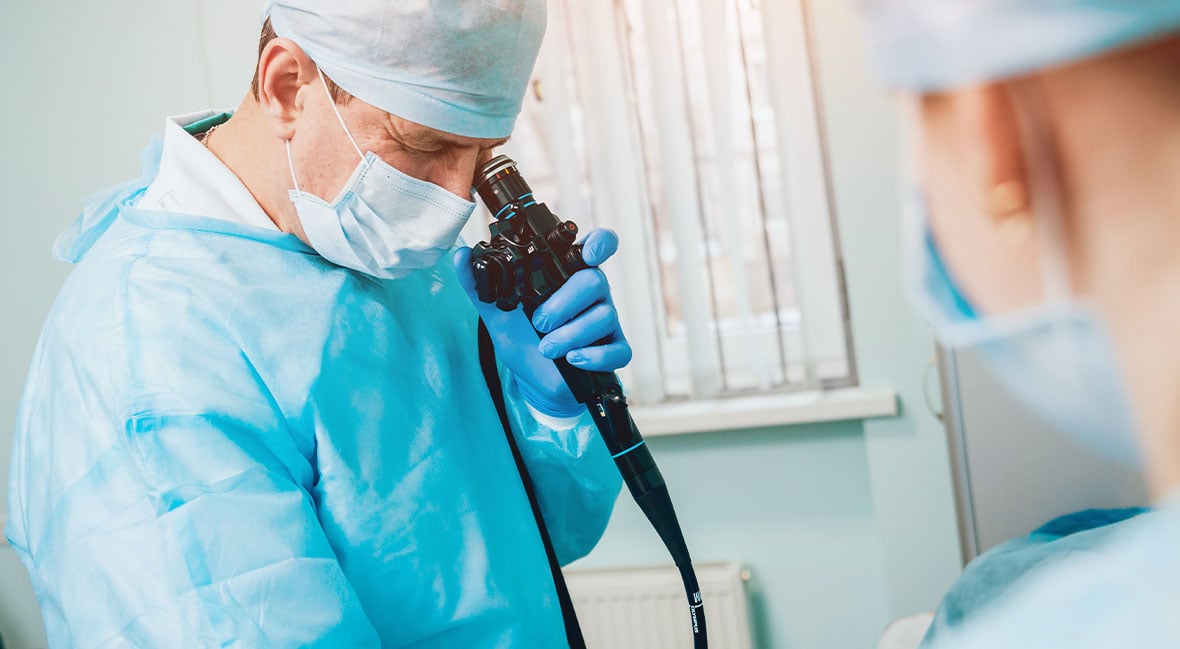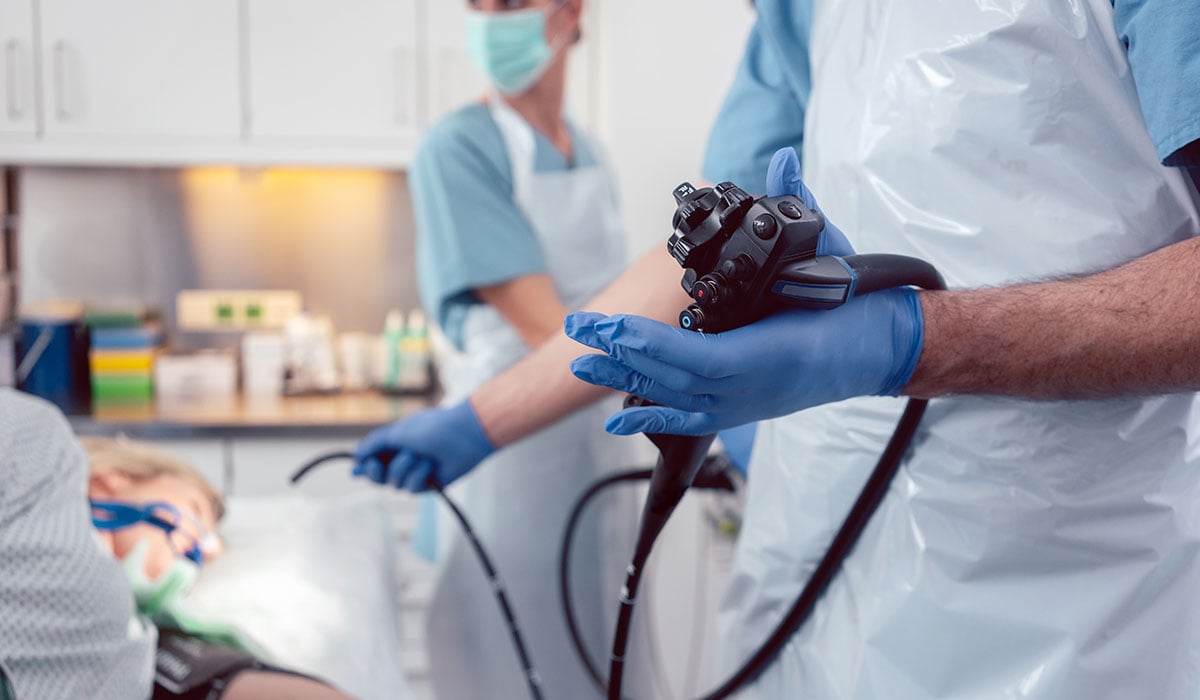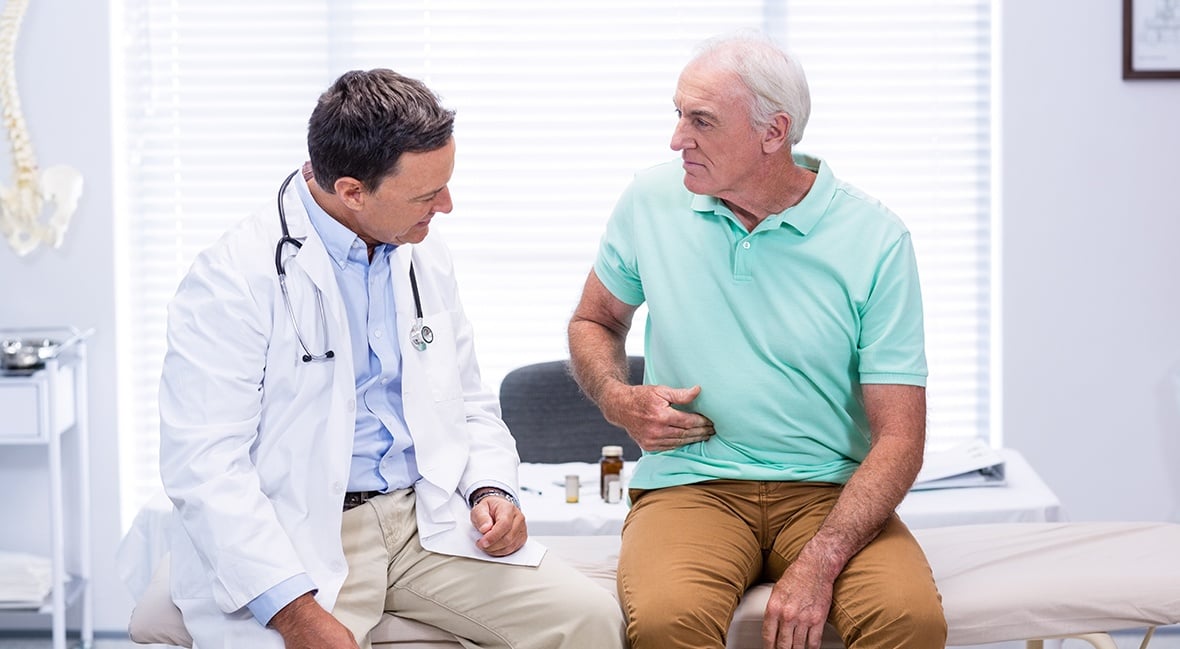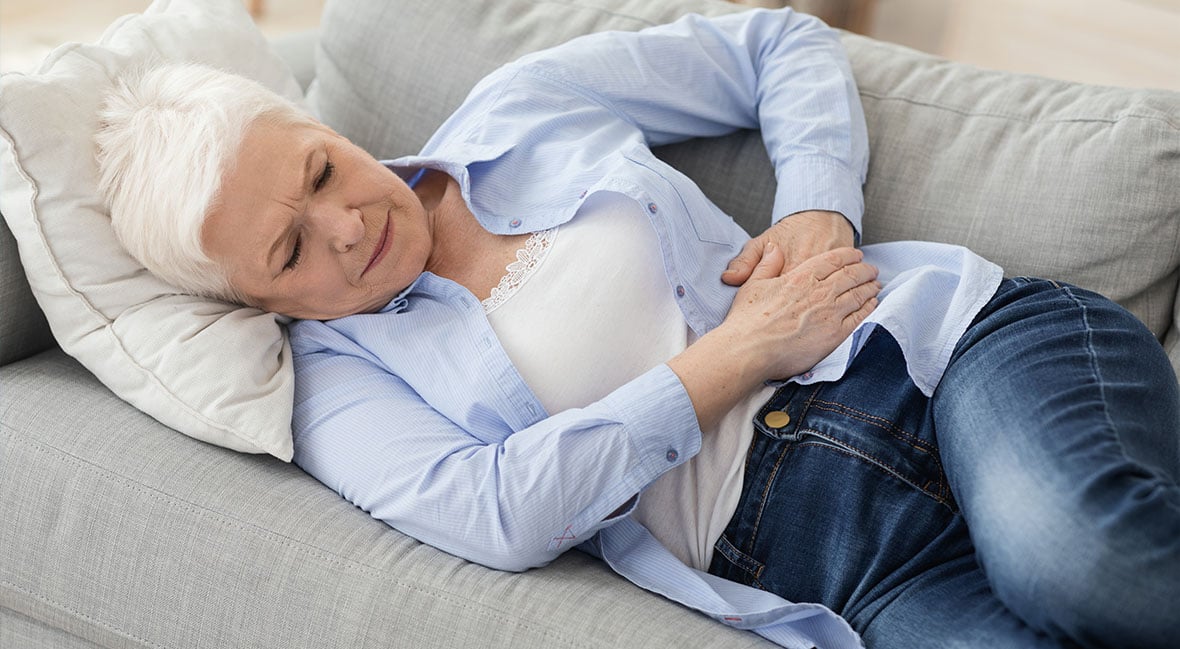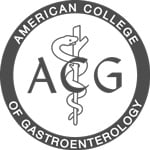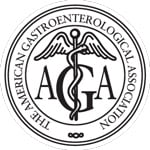A colonoscopy and upper endoscopy are two procedures performed frequently by gastroenterologists to view and examine various portions of your digestive tract. Colonoscopies inspect the large intestine (colon and rectum) while upper endoscopies observe the esophagus, stomach, and first part of the small intestine.
Colonoscopies and upper endoscopies may be utilized to:
- Screen for Cancers
- Investigate Symptoms
- Diagnose Gastrointestinal Diseases & Disorders
- Control Bleeding
- Extract Polyps, Foreign Objects, Tissue Samples for Biopsy
What to Expect: Colonoscopy
When to Get a Colonoscopy
You should have a serious conversation with your gastroenterologist at age 45. This milestone marks when those at average risk for colorectal cancer should consider screening, and a good way to do so is via a colonoscopy. Symptomatic or not, following this rule of thumb—getting a colonoscopy at age 45—provides the best chances for early (colorectal cancer) detection or, ideally, preventing cancerous developments, altogether.
Those with increased risk of cancer development, however, should be screened sooner than their 45th birthdays. Factors contributing to heightened risk of developing cancerous colorectal polyps include:
| Personal History of: | Family History of: |
| Colorectal Cancer | Colorectal Cancer or Polyps |
| Adenomatous Polyps | Familial Adenomatous Polyposis (FAP) |
| IBD (Ulcerative Colitis, Crohn's Disease) | Lynch Syndrome |
Note: African Americans are at heightened risk before age 45.
If you share any of these risks, ask your doctor about appropriate, cautionary next steps. You may also consult the American Cancer Society Guidelines on Screening and Surveillance for the Early Detection of Colorectal Adenomas and Cancer in People at Increased Risk or High Risk.
Bloody stool, chronic abdominal pain, and unintended weight loss are also grounds to contact your gastroenterologist to discuss whether a colonoscopy is warranted.
Before Colonoscopy: Two Steps for a Good Prep
During Colonoscopy: The Procedure
- A colonoscopy is a relatively quick outpatient procedure; it takes just 15 to 20 minutes to complete, but can vary.
- The procedure entails the use of a colonoscope—a small tube with a light and camera attached—which enters the body via the rectum, and is advanced through to the colon.
- The patient routinely receives sedation/anesthesia to prevent discomfort during the procedure.
- The colonoscope's camera projects images onto a viewing screen in the surgical area so your doctor can locate and identify any abnormal growths for removal. About 95% of cancerous and larger precancerous polyps can be detected with a colonoscopy.
After Colonoscopy: Now What?
- Once the examination has concluded, your doctor will review the results with you. Note: Biopsy results require more time.
- Due to the sedatives used during the procedure, patients are required to be escorted home from the surgical facility. Even if you feel alert or insist upon taking public transportation (not personally operating a vehicle), your judgement may still be impaired from the anesthesia, and you will not be permitted to leave the premises without an adult escort.
- It's common to experience some cramping or bloating after a colonoscopy because gas enters the colon during the procedure. Passing gas should relieve the associated discomfort.
- Post-colonoscopy dietary and exercise restrictions will depend on exam results, but you’ll likely be able to eat solid food afterward.
What to Expect: Endoscopy
When to Get an Upper Endoscopy
While the main purpose of a colonoscopy is to determine colon health, an upper endoscopy provides visibility into the upper portion of your digestive system.
The range of coverage provided by an upper endoscopy includes:
- Esophagus
- Stomach
- Beginning of the Small Intestine (Duodenum)
Your doctor may suggest an upper endoscopy to investigate symptoms such as nausea, vomiting, abdominal tenderness, difficulty swallowing, or gastrointestinal bleeding. The findings of an upper endoscopy often include the keys to diagnosing and treating whatever it is causing a patient’s digestive discomfort.
Before Upper Endoscopy: EGD Prep Guide
-
Preparation for an upper endoscopy (also known as an EGD, short for esophagogastroduodenoscopy) requires you to abstain from food and drink for eight hours.
-
There is no bowel prep solution involved in upper endoscopy preparation, however.
-
The fasting period for an upper endoscopy may be shorter (four to eight hours) than for a colonoscopy (24 hours).
-
Diabetics, smokers, and those on certain medications may be given additional instructions for upper endoscopy preparation.
During Upper Endoscopy: The Procedure
- Upper endoscopy patients are deeply sedated throughout, so there is no physical discomfort during the procedure.
- A gastroscope is an optical instrument similar to the aforementioned colonoscope, comprised of a small tube with a light and camera attached for image projection on a screen in the operating room. The tube enters the body via the mouth, and then is guided down through the esophagus, into the stomach and to the duodenum.
- Gastroscopes may be fixed with additional attachments to remedy certain afflictions, on the spot. For instance, your doctor may be able to stretch narrowed areas or even stop GI bleeding, as soon as the issue is identified.
- During an upper endoscopy, tissue samples may be collected for a biopsy to test for diseases and conditions, such as anemia or cancers affecting the digestive system.
After Upper Endoscopy: Getting Home
- Regarding anesthesia, the guidelines for post-procedure travel arrangements are the same for a colonoscopy. You'll need an escort to accompany you on your way home.
- It is normal to feel gassy and/or to have a sore throat/pain swallowing in the days immediately following this procedure.
Gastroenterology Associates specializes in helping restore you and your family to optimal digestive health. We are conveniently located adjacent to Long Island Center for Digestive Health (LICDH), a New York State-licensed non-hospital outpatient facility dedicated to providing high-quality endoscopic and colonoscopic services in a comfortable, welcoming environment. For more information or to schedule an appointment, contact us today!
Topics: gastroenterology associates



